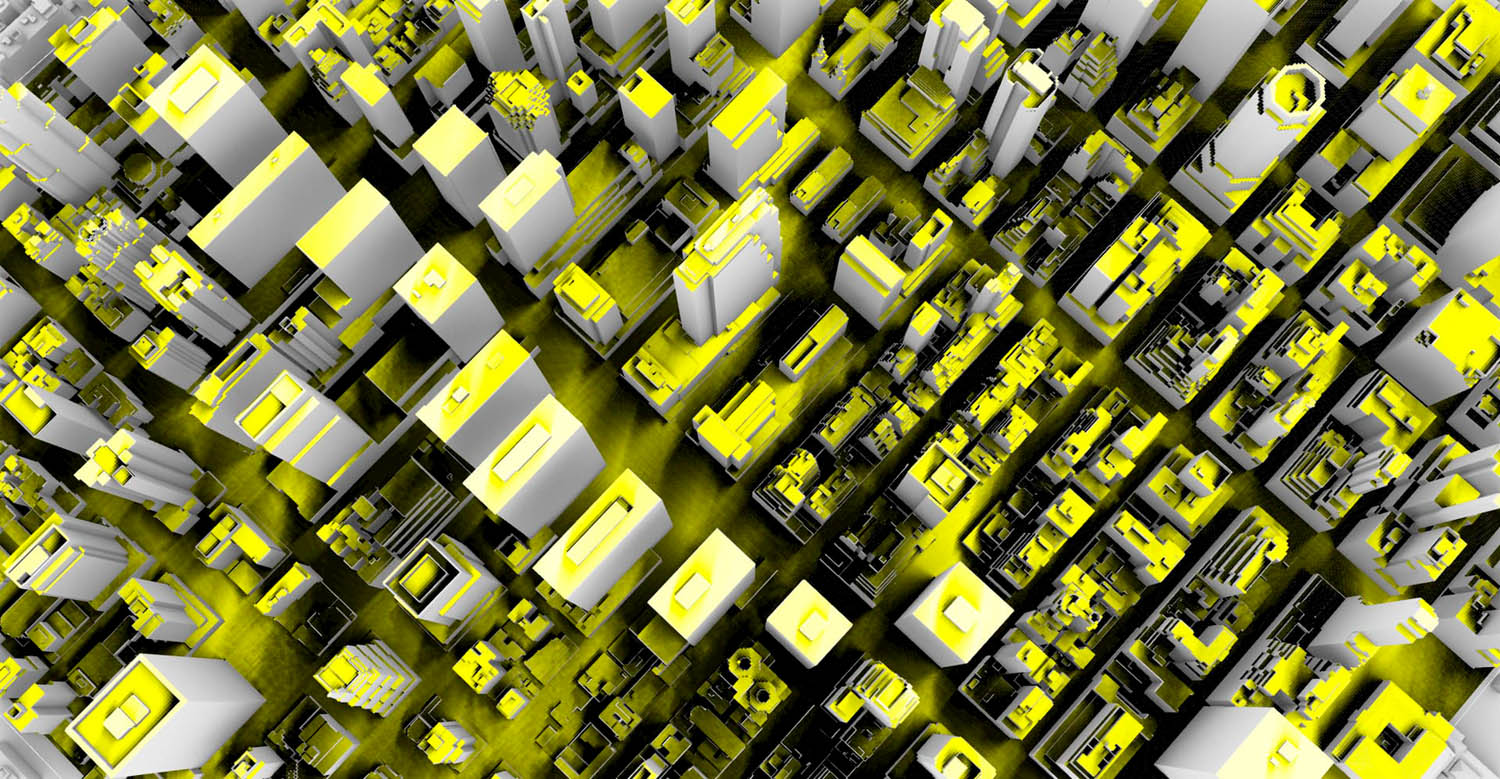Foster + Partners is renowned in the industry for employing a large team of software developers who work alongside its design team members. The result is a range of in-house tools used to create the company’s expressive architecture, one of which has recently been made freely available to benefit other designers
Signature architects sit at the cutting edge of design technology and typically use a vast array of digital tools and services to define their buildings. When they can’t find a commercially available software solution to meet their needs, they turn to their own teams of in-house developers to create custom code instead. The code built by these brightest minds might be intended for a specific project, or applied time and time again, on different work. Either way, in-house development teams incorporate a wealth of knowledge and expertise and the applications they build are a core component of a firm’s intellectual property.
In the commercial world, when developers at an independent software vendor create an application, they not only have to write the code, but must also ensure that the interface is easy to use, predictable to navigate and that its features and functions are well documented.

Typically, tools developed in-house don’t get that kind of love. In many cases, they would not meet the quality standards set for commercially available software.
But at Foster + Partners, it seems that the Covid pandemic provided an opportunity to apply some polish to regularly used in-house programmes. At the Shape to Fabrication 2024 conference, the firm’s Applied R&D (ARD) team demonstrated some of these, including Cyclops, an environmental analysis plug-in for Grasshopper; Hydra, an optimisation tool; and Hermes, which supports data exchange for CAD and BIM.
This demonstration gave attendees a new insight into the depth and breadth of in-house software development at Foster + Partners and the extent to which these tools are productised. In other words, these bespoke applications looked like ‘proper’, commercial-quality software.
In April 2025, Foster + Partners did the seemingly unthinkable, making one of these tools — Cyclops — freely available. What lies behind this unexpected move, it seems, is not just the firm’s deep-seated commitment to sustainability, but also its belief that making the tool more widely available could help the AEC industry achieve improved environmental performance for buildings.
Real-time analysis
Cyclops supports real-time environmental analysis during the conceptual design phase, with the aim of speeding up decision-making and freeing up time for critical thinking. Architects can use it to quickly understand how changes to their design will impact a building’s environmental performance. This builds their intuition for future projects and makes performance-driven design an integral part of the early design process, as well as supporting more frequent design iteration than traditional workflows.
Foster + Partners has been developing Cyclops for fifteen years now, refining it, boosting it with GPU power and actively using it on projects. It supports several essential environmental analyses for buildings and masterplans, including calculating metrics relating to radiation, daylight, shading mask, sky component, sunlight obstruction and sunlight hours.
The Cyclops website, meanwhile, includes informative guides to how each of these analysis capabilities work, providing essential reading for those looking to get the most out of each tool.
Since Cyclops works inside Rhino, designers don’t need to swap between applications. It addresses the challenge of time-consuming analytical cycles and interoperability issues. Its primary function is to accelerate ray tracing-based simulations by leveraging the power of GPU computing, specifically using Nvidia GPUs. This allows Cyclops to provide real-time environmental analysis, on a city-scale, faster than traditional tools.
Foster + Partners has stepped up, making it clear that wider environmental goals are more important to the firm than being the sole beneficiary of an in-house analysis tool, despite years of investment in it
According to Foster + Partners’ own benchmarking studies, when compared to other, non-accelerated analytical methods, Cyclops can be up to 10,000 times faster at analysing sunlight hours and up to 800 times faster at analysing radiation. Apparently, the use of GPUs means Cyclops can deal with some 10 billion rays per second. It will run on a decent workstation containing a Nvidia GPU and, for optimum performance, the significantly faster RTX cards are recommended.
GPUs are essential because the speeds achieved are derived directly from the massive parallelisation which they deliver, as compared to standard CPU-based processing.
Find this article plus many more in the May / June 2025 Edition of AEC Magazine
👉 Subscribe FREE here 👈
Licensing rules
As previously stated, Cyclops is free for anyone to use, in educational, personal and even commercial projects. However, according to the simple terms and conditions, users are not permitted to sublicence Cyclops or to resell it for profit.
AEC Magazine spoke with Martha Tsigkari, a senior partner and head of ARD at Foster + Partners, to hear more about the history behind the software. It began back in 2007, when the in-house ARD group started investigating ray tracing for view analysis. They quickly realised that ray tracing could be applied to other environmental conditions. Back then, Foster + Partners was a MicroStation customer and had hardware accelerated analysis tools running inside that environment.
Making Cyclops more widely available took considerable effort, according to Tsigkari. The application needed intensive quality checking and documenting. The legal issues around freely giving away IP needed to be resolved. But the motivation to gift Cyclops to the industry came right from the top, from Lord Norman Foster and the board of directors.
Tsigkari believes Cyclops will be a game-changer for a lot of firms that don’t have access to real-time tools. While there are commercial applications on the market, the sheer speed of Cyclops and its integration with Rhino/Grasshopper is the reason Foster + Partners relies on this tool. The ability to check a design against sustainability goals, and to do so as you are creating it, without breaking the flow, is where Cyclops wins big, she says.
Conclusion
This is great news for Rhino-based firms in the AEC industry. With this announcement, Foster + Partners has stepped up, making it clear that wider environmental goals are more important to the firm than being the sole beneficiary of an in-house analysis tool, despite years of investment in it.
There are many architectural firms developing in-house tools. These may not be as professionally finished as Cyclops, but it would be interesting if this philanthropic act by Foster + Partners acts as a catalyst to more toolsharing within the industry.
After all, plenty of firms are creating sustainability tools and building optimisations that could benefit everyone, even their direct competitors. If there were a free library of effective, commonly-used tools, the in-house software developers employed by AEC firms might be freed up to develop tools in more niche areas.
And while it might be easy for those at smaller firms to fume with jealousy over the software development resources open to their counterparts at much larger practices, we are now in a world where programming is becoming easier for everyone, thanks to the huge strides that AI makes each and every month.
By the end of 2025, AI will probably be the best coder on the planet – and open to anyone to use, for a small subscription. All you’ll need is a clear definition of input and output requirements. Custom tools and custom code will become the norm, but you won’t need to be a programmer to build it (although programming skills certainly won’t hurt).
The real value you bring will be your industry knowledge. The challenge will be to codify it.
At NXT BLD and NXT DEV in London on 11 and 12 June, Martha Tsigkari of Foster + Partners will present on the topic of AI and its impact on the industry.







